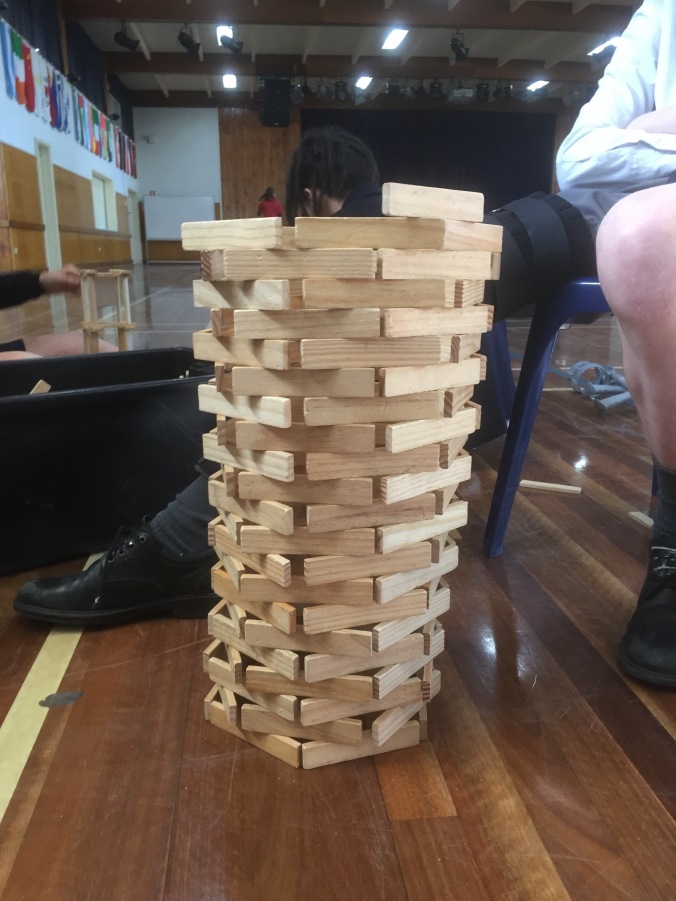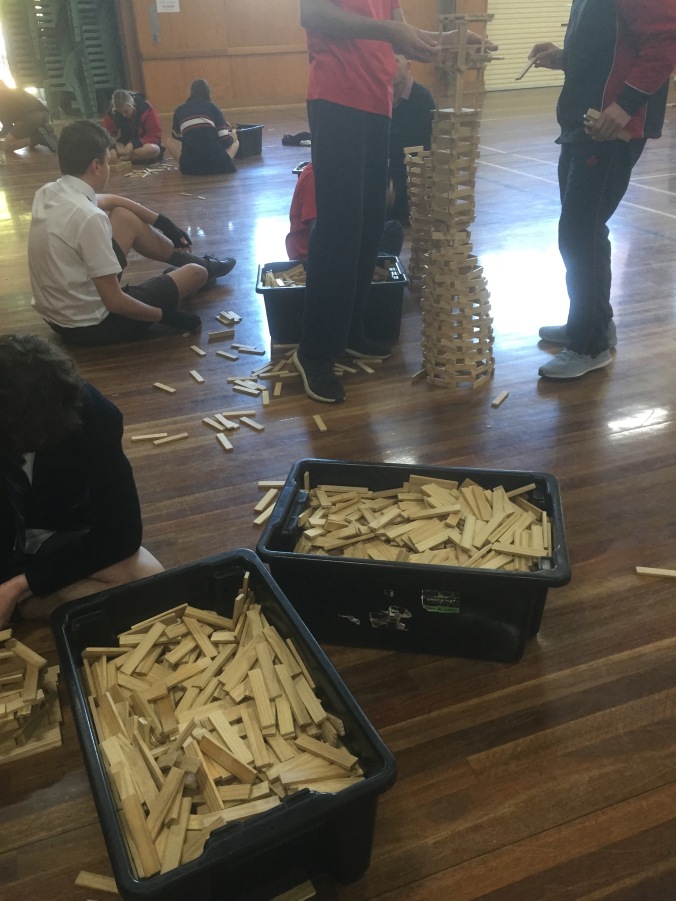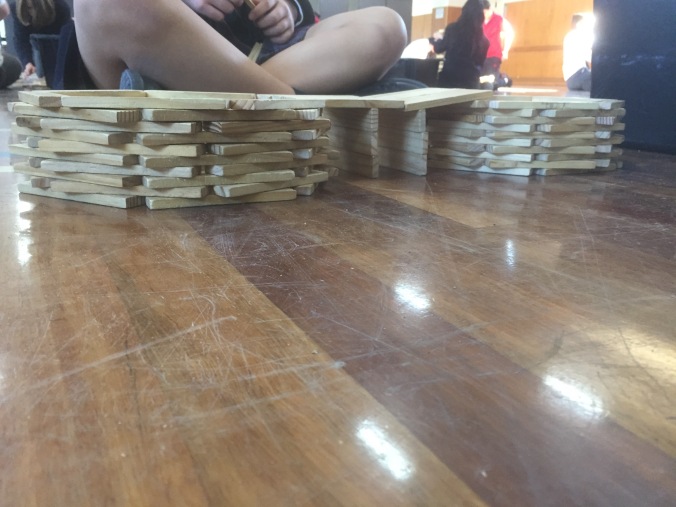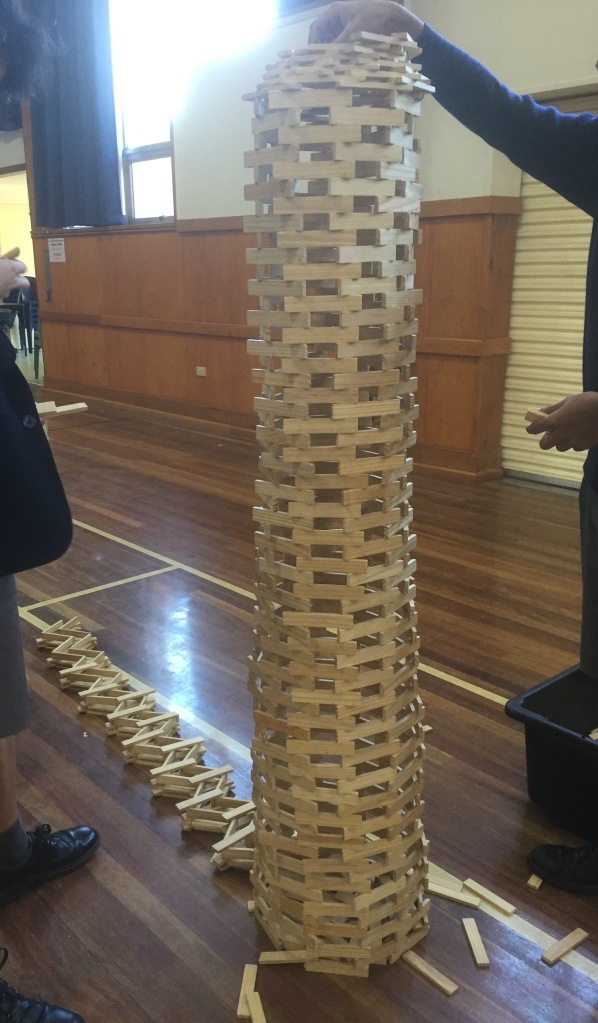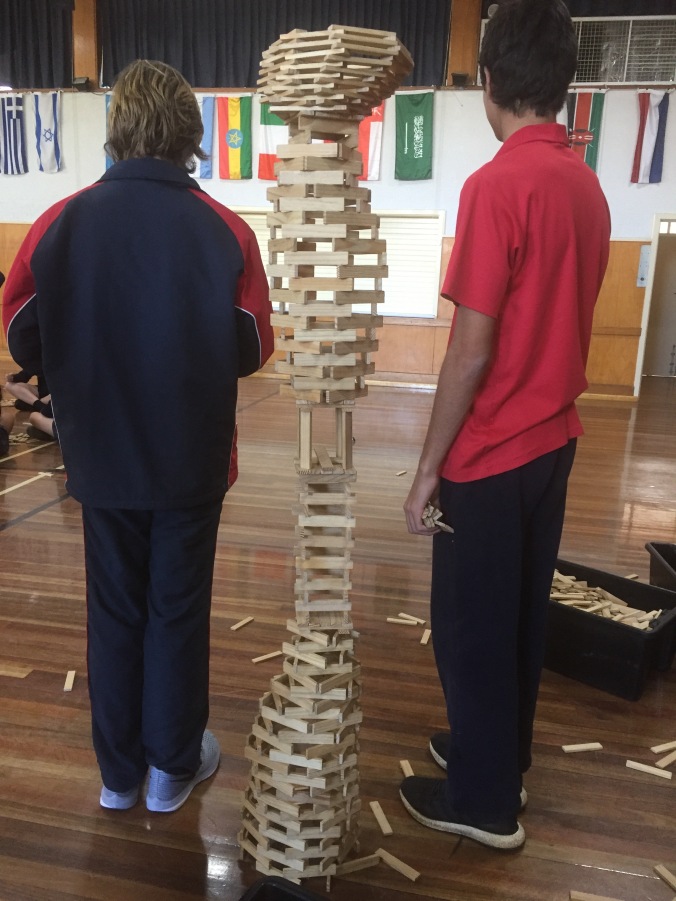
After the second post in this little series, I had a comment sent in from The Firestarter which said in part:
“Absolutely fascinating subject… I really enjoyed the post! While I get the point that the techniques used on the population are very similar, there is surely a large element of “if you do not comply you will be hurt” and the people there must know this as well. I’m not saying that a large portion of them don’t engage in loving the leaders “willingly” because they’ve been brainwashed, but law of averages suggests that with 25 million there will be a lot of free thinkers in there that have to toe the line anyway or be subject to brutality. This makes it a world apart from consumerism, which although has the “brainwashing” part by using all the psychological tricks they can throw at us, really lets people act out their own free will.”
Of course, that’s true – there are people who are able to see past the spin and, if they’re able, they take steps to evade and/or escape the country altogether. However, I went in expecting there to be more evidence of citizens cynically regarding the constant spin about the regime – but there wasn’t. People genuinely regard themselves and the country as a whole as being utterly blessed in their heritage and their leadership.
A huge part of this is as a result of their education system.

The regime in North Korea inherited an illiterate population when WWII ended. In the years since then, they’ve worked hard to develop the education system throughout the country with great success. Both primary and secondary schooling is compulsory, with many, particularly in the more privileged pockets of the country such as Pyongyang, going on to further education.
But the curriculum is very different from those of other countries. Children, particularly in the country, are taught basic reading, writing and ‘rithmetic, with hours a day spent on memorising long passages from books either written by or about the Great Leaders. They are expected to spout stories and accounts off by heart from these books, while at the other end of their schooling, a lot of the extra tuition people undertake after their work hours are Studies in Juche Philosophy, (Juche was first developed by Kim Il Sung – it means self-reliance and only looking within the DPRK to solve any problems. It’s an entire philosophy too detailed to go into here), and studies from the collected works of Kim Il Sung. This, of course, means that people in the DPRK are woefully under-educated when compared with the rest of the world. Escapees are horrified when they reach South Korea and realise how much studying they have to do to catch up. Re-education is also required, due to the many fanciful tales of the Great Leaders’ exploits and the history of their country which are out and out lies.
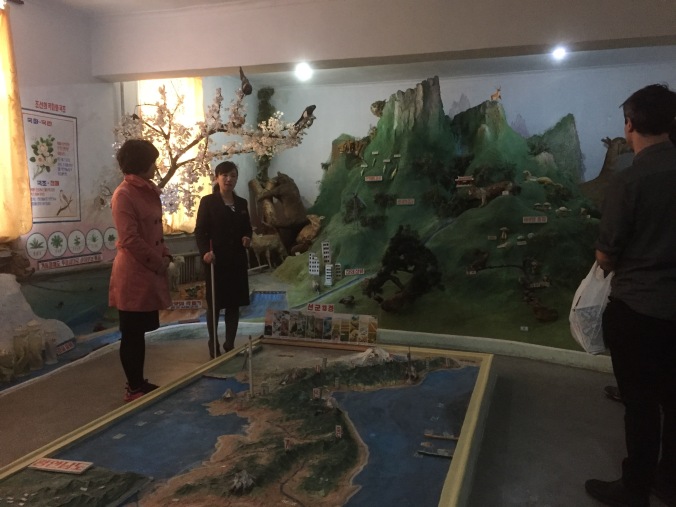
This room was one of the first things we were shown when we toured the primary school. They were proud of this natural history room, which the teachers had made themselves “in the manner of our Juche ideals.”
The children are taught this philosophy, which encourages total focus to be on North Korea and its superiority to the rest of the world. They are taught that everywhere beyond its borders are downtrodden, poor and we’re all envious of the way the DPRK runs the country and looks after the interests of its people. The fact that the teachers built this room themselves, with no outside help or input, was seen as a source of much pride.

This was the first classroom we went it – a computer class. I was the second person in the room and as I walked in and moved along the back, I couldn’t help but notice the IT guy frantically working to connect the big screen.

I took this shot to show the IT guys back home at school. They couldn’t believe it! I suppose this is more Juche ideals at work.
We were shown an English class, a dance class, a singing class and a sports class. It was all designed to show us how modern and cosmopolitan their curriculum was, how talented and bright their children were and how North Korea is thriving, judging by these cherubs.

While we were watching these gorgeous little girls do their dance class for us, trying their little hearts out, Wally slipped away. He took a wander all by himself around the halls with his trusty camera around his neck. The next photo is mine, but all of the following photos of the art in the halls of the primary school are from him.

This was at the top of the stairs on the second floor. It gave me quite a turn to see this as we rounded the stairway and came up the second flight. I work at a secondary school and last year we had a political photographer put up huge blown-up photos of refugees and people in bomb shelters in the Middle East around the campus. Our principal purposefully selected photos that wouldn’t be too confronting to the sensibilities of our students. No guns, wounds, bodies etc. Too scary for our 12 – 18 year-olds.
Yet this image is positioned at the head of the stairs where these 5 – 11 year-olds would see it every day. Things like this inevitably leave a mark.

The narrative that the North Korean people have been told for the last 60 years is that for 150 years the Japanese ruled their country and the Koreans were treated worse than animals. (Which, to be fair, has quite a bit of truth to it.) Then, during WWII, the brave and glorious Kim Il Sung and his soldiers fought the Japanese and drove them away from Korea and finally – the Koreans were FREE! (In actual fact, the Russians were the ones to drive the Japanese out – Kim Il Sung didn’t have his own army of guerillas. He was in the Russian army as a minor officer. The Russians thought he’d be a good man to run the country.)
Then the evil American Aggressors divided the Korean peninsula down the middle and stole half of it. They would have taken it all but the wisdom and bravery of General Kim Il Sung prevented that from happening and so the North Korean people are the only Koreans who are free.
In 1950 the American Aggressors and the South Korean puppets invaded North Korea without warning. (Actually, the opposite happened.) General Kim Il Sung mobilised his country’s army and they fought the Americans all the way down to the bottom of the peninsula – near;y driving them into the sea. The cowardly Americans called up 17 satellite countries to help them fight and between the might of all these countries, the DPRK fighting on all on its own was driven back. (This was an account which is clearly referring to when the UN stepped in to help with the war. On our tour of the War Museum in Pyongyang, our guide recited the list of countries 3 times. Australia was third each time. Awkward…)
The country of North Korea was nearly bombed out of existence by the US. (True. A third of their population was killed in the Korean War. That’s horrific by any standards. ) So now the DPRK must stand alone, vigilant to protect its borders, knowing that the American Aggressors and the Japanese Imperialists would like nothing better than to sweep in and retake their glorious country.
It’s a wonderful mixture of paranoia, fiction and myth-telling, based on truths, half-truths and complete lies. This means that the population is very easy to handle. Sell them this story constantly, coupled with the constant stories about how fortunate they are that the Kim family is prepared to sacrifice their own lives to work for the good of the people for the first time in 200 years, and you’ll have just about everybody believing in you. Take away the internet and close the borders and there are very few people left to argue.

Once that’s done, surround children like this little girl with constant lessons and images like the following ones:

Judging by the date on the bottom left of this ‘artwork’, this is showing the kids how the evil American and South Korean puppets invaded their beloved country.

Graphic image. Look at how resolute she appears.

See how young they are?


This looks like Holocaust material, doesn’t it? With roughly one-third of their population bombed out of existence by the UN in the Korean War, it would be easy to play on their fears of such a thing happening again. These children would have Grandparents and Great-Grandparents who would remember the war. But failing that, every family would have stories that were handed down.

These children were singing shrill songs that sounded like marching songs. Songs about love and the individual desires for fulfilment are not sung in North Korea. Instead, the popular songs are all about the struggle for Reunification, the adoration they have for Kim Jong Un and how by pulling together they will bring the DPRK back to its rightful place as the country that the rest of the world looks up to.

See the long nose on the priest? This picture is having a go at both organised religion and Americans.

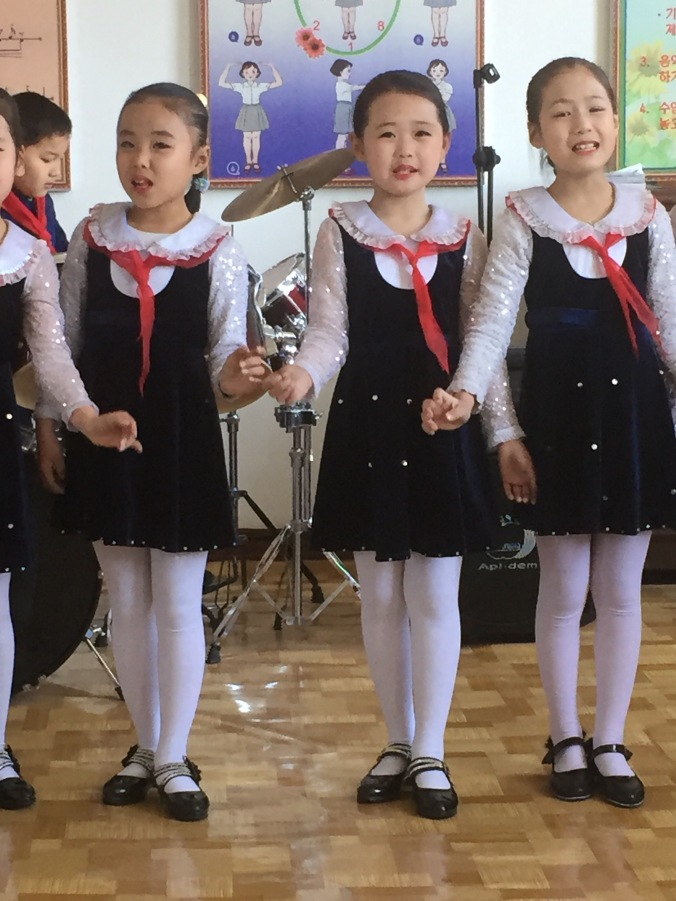
Meanwhile, the children smile sweetly and perform for the tourists. I was wondering what went through their minds when the embodiment of all they’ve been taught to fear rolls up in their school in a group and smiles at them. It must feel very strange.

The following pages are taken from a fascinating book called “This is Paradise! My North Korean Childhood” by Hyok Kang. The Maths questions he’s talking about are the very same sort of problems that these children in the photographs would be learning. They are all phrased like this.

Kang goes on to write that “Our schoolbooks would spend page after page glorifying the ‘victory’ of the DPRK against Japan in 1945 and against the United States and the Southern puppets in 1954. (In fact, North Korea was invaded by Russian troops and was not liberated by the armies of Kim Il Sung. As for the Korean War, (1950 – 3) it did not conclude with a victory of the North over the South, because the demarcation line was left unchanged.) And just as the definitions in our dictionaries were politicised, we were trained to speak in ready-made phrases. We didn’t say ‘the Americans’ but ‘the American imperialists’ or ‘the American bastards’ or even the ‘yangkubegi‘ (western long-noses.)”
When you train people to think and speak in sound-bites, you’re controlling how they think. But then again, we all know that Coke adds life, a Diamond is Forever and that we should Just Do It. And when we Have a Break, we should have a Kit-Kat. And of course, when all else fails, For Everything Else, There’s Mastercard.


(Please excuse the mug! This shot was taken at my desk after we got back.)
This book is a prime example of the books that children and young people are made to read. The language is flowery and over-the-top, with Kim Jong Il portrayed as a man who is vastly superior to anyone else. Even at 6 years of age, he was instructing adults in anything from political science to agriculture. Truly a leader to admire!

This is the first of three pages of the table of contents. Here’s the opening page:

The children of North Korea have textbooks written exactly like this. Their minds are sponges and this is what they grow up absorbing. The regime’s message falls on fertile ground.
Incidentally, the whole book was around 200 pages filled with over-the-top language such as this. I ploughed through it and finished it, but it was a hard read. From what I’ve read and researched after I came back, everything written to or about the Leaders must be phrased in this effusive over-exaggerated way. It must be exhausting.

But still, kids are kids. Oliver, one of the tallest and kindest men I’ve ever met, brought heaps of toys and pencils and textas from Germany. He was very popular with the children once they realised that he was giving away free things. Kids were walking away clutching small trinkets, eyes round with wonder.
Maybe little things like this will make some of the kids realise that not all they’re told and sold about Westerners is true…
Or maybe not. The education system is a solid base that the government has grabbed to ensure that they deliver their message to the population when the people are too young and unsophisticated to know fact from fiction. And when everyone around you is immersed in the same bubble of stories, fear and lies, it must be very hard to step back and think critically about what is real and what is not.
Going back to the comment I quoted at the start of this post by ‘The Firestarter’, I’ll close with another quote from the book ‘This is Paradise!’ by Hyok Kang, about when his parents decided to try and escape into China and were trying to get him to agree to come with them. He was 18 years old at this time.
“I told him I would rather be a beggar in North Korea than follow him to China. I replied in set phrases that I had learned at school, along the lines of, ‘Let us safeguard socialism’, or, ‘I will fight to the death to protect socialism and the Great Leader Kim Il-Sung!’ …I had stopped going to school. It was my decision, but I should also point out that, given my state of mind, and since my father was worried that I would report him to my classmates, he himself had forbidden me to go… [My mother also] tried to persuade me to follow them. … She added that we would spend a year in China, no more, and that we would earn money and come back to North Korea. Reluctantly, I finally agreed.”
This book was written in 2007. It’s pretty safe to say that he has never elected to go back!
I’ve linked all of this talk on education in with advertising, which in a fast-and-loose sort of way it is. The regime has been selling the stories about itself to the children for over 60 years. Here in the West we have tv ads and product placement bombarding our kids and us from our earliest years. In a strange sort of way, it’s similar to what the kids in the DPRK are also bombarded with. It’s just that their ‘products’ are far more focused and powerful than ours…






















































